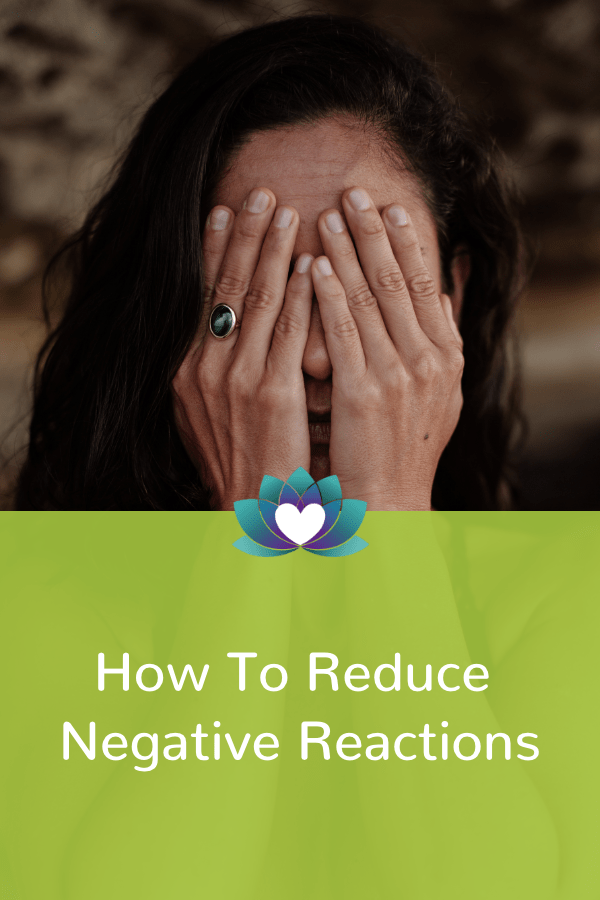How To Reduce Negative Reactions
How many times have you said or done something you later wished to take back?
Reaction to the perception of threat can push us into troublesome actions. Our bodies are biologically hardwired to avoid or defend. What appears to be a threat creates a body response. Before we know if the threat is actual or merely perceived, our body tenses, and we are moving into action
Action could include changes in our breathing pattern, raising our voice, aggressive gesturing, or withdrawing.
When we don’t like what is happening, we are typically either get bigger (defensive posture) or get smaller, (avoidance posture). These automatic, and often unconscious reactions can interfere with responding effectively to that moment.
Reactions are based on past triggers. Reactions to triggers tend to be habitual. Habitual triggers interfere with accurate perception of the present. Choosing how to respond to what is happening, rather than reacting, is empowering. The good news is that with practice we can feel more of a sense of empowerment. Counselling can help you learn techniques to respond, not react.
How to Reduce Negative Reactions?

There is a simple move that can, with some practice, serve us well in altering such reactions.
We can learn to let go, release tension in the body first and reduce negative reactions. Focusing on the body sensations and breathing is the first step. When we are mindful of body sensations, we are slowing the reaction of saying or doing those things we later regret.
Consider how a sailboat gets moving. Movement of energy in the form of wind, hits the sail. If there is nothing to hold the sail against the force of the wind, then the wind will push it aside. There will be no movement. If there is a line to hold the sail against the push of the wind, then the resistance to the force of the wind will cause the sailboat to move.
We can see from this analogy: no resistance, no movement. The opposite is also true. Where there is resistance, there will be movement. If emotional response activates energy in our body, and physical tension is a form of resistance, then we can see how emotion becomes action. Action that can be regrettable if too impulsive.
Take a moment to scan your body for any indication of tension that can be eased. Notice that as we ease our tension we let go our resistance and the energy of emotion passes by without pushing us into action. We can observe our energetic response without being pushed.
With some mastery of this practice, we can then learn to observe the push of our emotional activation to better understand and make effective choices.
Learn more about negative emotions, what they are and how to control them.
Wouldn’t that be better than continuing to say or do those things we later regret?
If you are struggling on how to make more effective choices and reduce negative reactions, we are here to help. Get in touch with one of our counsellors today.

